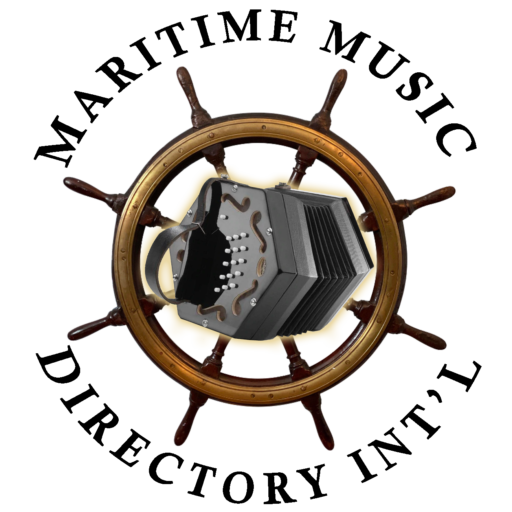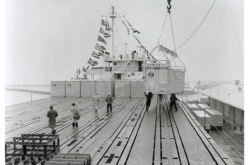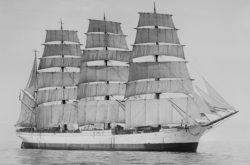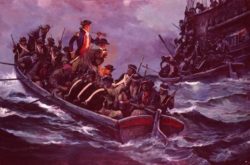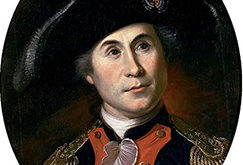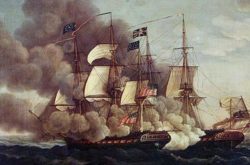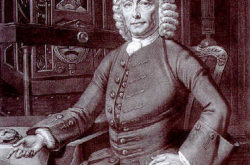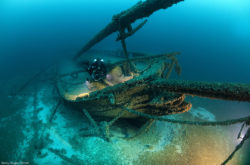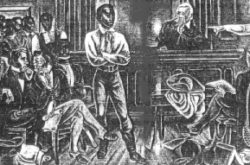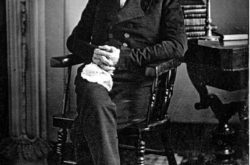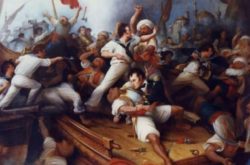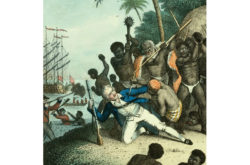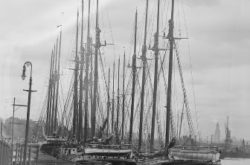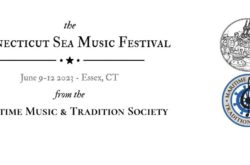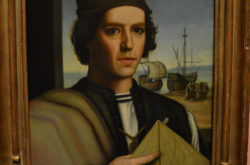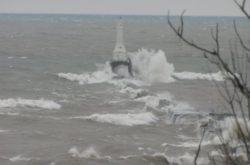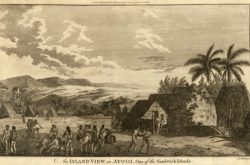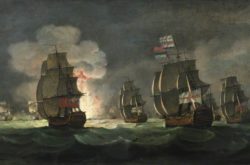Gordon Lightfoot Dies at 84
His rich baritone and gift for melodies made him one of the most popular artists of the 1970s with songs like “The Wreck of the Edmund Fitzgerald” and “If You Could Read My Mind.”
Read . . .
Ferdinand Magellan was killed in the Philippines (1521)
After traveling three-quarters of the way around the globe, Portuguese navigator Ferdinand Magellan is killed during a tribal skirmish on Mactan Island in the Philippines. . . .
First Container Ship Steams from Newark (1956)
The idea of transporting trucks on ships was put into practice before World War II. In 1926 regular connection of the luxury passenger train from London to Paris, Golden . . .
Herzogin Cecile grounds on Ham Stone Rock (1935)
With Sven Erikson as her captain and Elis Karlsson her first mate, the ship left Port Lincoln in South Australia on 21 January 1935, with a cargo of wheat, and after taking . . .
John Paul Jones burns Whitehaven, England
At 8 a.m. on April 23, 1778, John Paul Jones, with 30 volunteers from his ship, the USS Ranger, launches a surprise attack on the two harbor forts at Whitehaven, England. . . .
Congress authorizes privateers to attack British vessels (1776)
Because it lacked sufficient funds to build a strong navy, the Continental Congress gives privateers permission to attack any and all British ships on April 3, 1776.
In a . . .
Inventor of the Naval Chronometer Born (1693)
Born today 1693, John Harrison, the cantankerous Yorkshireman who would go on to invent the naval chronometer and solve the mystery of calculating longitude at sea.
Read . . .
“Bringing Shipwrecks to Life” Exhibit opens at Wisconsin Maritime Museum
March 16 – Nov 6, 2023
Experience spectacular Great Lakes shipwrecks brought to life by world-renowned underwater photographer, Becky Schott and Liquid Productions. Through . . .
Special Virtual Chantey Sing:
Tribute to Don Sineti
Celebrate the life of Don Sineti, renowned and beloved chantey singer, with a special virtual chantey sing from San Francisco Maritime National Park Association, in collaboration . . .
U.S. Supreme Court rules on Amistad slave ship mutiny case
At the end of a historic case, the U.S. Supreme Court rules, with only one dissent, that the enslaved Africans who seized control of the Amistad slave ship had been illegally . . .
John Quincy Adams begins arguments in Amistad case
On February 24, 1841, former President John Quincy Adams begins to argue the Amistad case in front of the U.S. Supreme Court.
A practicing lawyer and member of the House of Representatives, John Quincy . . .
U.S. Navy stages daring mission during First Barbary War (February 16, 1804)
During the First Barbary War, U.S. Lieutenant Stephen Decatur leads a military mission that famed British Admiral Horatio Nelson calls the “most daring act of the age.”
In . . .
Captain Cook killed in Hawai’i – Happy Valentine’s Day!
On February 14, 1779, Captain James Cook, the great English explorer and navigator, is killed by natives of Hawaii during his third visit to the Pacific island group.
In . . .
American schooner Lyman M. Law is sunk (1917)
The Austrian submarine U-35 bombs and sinks the American schooner Lyman M. Law in the Mediterranean Sea off the coast of Cagliari, Sardinia. The Lyman M. Law, captained . . .
Connecticut Sea Music Festival Announces 2023 Lineup
Facebook 2/4/2023: We are excited to announce the musicians and demonstrators who will appear at the . . .
Maritime Photographer Linda D. Anderson Dies After Lengthy Illness
February 29, 1952 – January 19, 2023
Linda D. Anderson was a skilled and popular nature and maritime photographer. She frequently photographed and vended at the many . . .
Captain Cook Reaches Hawaii
On January 18, 1778, the English explorer Captain James Cook becomes the first European to travel to the Hawaiian Islands when he sails past the island of Oahu. Two days . . .
The Moonlight Battle at Sea (16 Jan 1780)
British demonstrate naval supremacy in The Moonlight Battle
British Admiral Sir George Rodney, with 18 ships-of-the-line, engages an inferior Spanish squadron of 11 battleships commanded by Don Juan . . .
